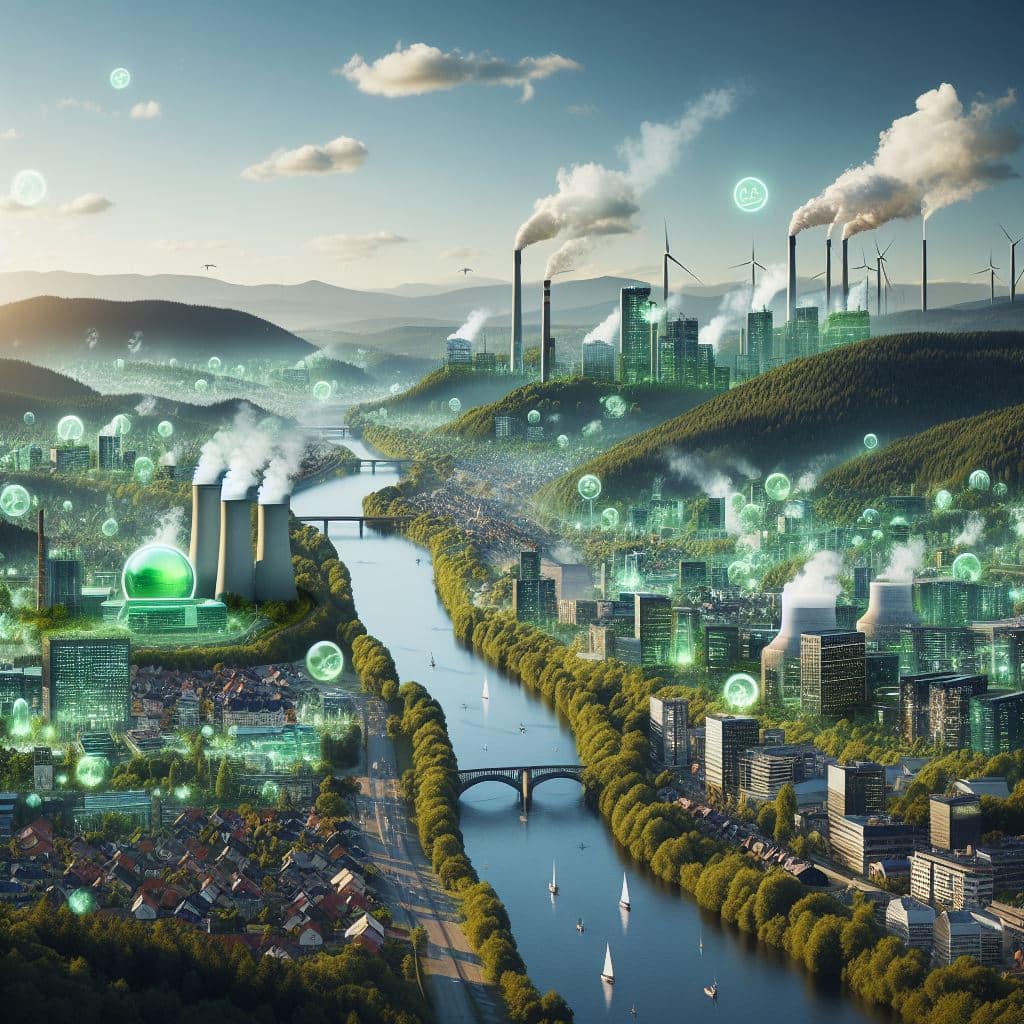The Potential Of Green Hydrogen Production In Achieving A Zero-Carbon Future
The world is facing an urgent need to transition to a zero-carbon future. The effects of climate change are already being felt globally, and it has become clear that we must take action to mitigate the effects of greenhouse gases and reduce our carbon footprint. One of the most promising solutions to this problem is green hydrogen production.
Hydrogen has the potential to be a game-changer for the energy transition. When produced using renewable energy, it is known as green hydrogen and has a low carbon footprint. In this blog post, John Gessin will explore green hydrogen, how it can be produced, and its potential to help us achieve a zero-carbon future.
What Is Green Hydrogen?
Hydrogen is the most abundant chemical element in the universe. It is odorless, colorless, and highly flammable. When burned, it produces nothing but water, making it an attractive alternative to fossil fuels. It can also be used in fuel cells to produce electricity, emitting only water and heat.
There are different ways to produce hydrogen, but steam methane reforming is the most widely used method. Unfortunately, this process produces large amounts of greenhouse gases, undermining hydrogen’s environmental benefits. However, it is known as green hydrogen when produced through water electrolysis using renewable energy, such as solar or wind power.
Green hydrogen can potentially contribute to the energy transition in many sectors, including transportation, industry, and power generation. It can play an important role in integrating variable renewable energy sources into the grid and reducing greenhouse gas emissions in sectors that are difficult to decarbonize.
How Is Green Hydrogen Produced?
Green hydrogen is produced through electrolysis, passing an electric current through water, splitting it into hydrogen and oxygen. The water used is demineralized or deionized, which makes it more conductive and less prone to corrosion. The byproduct of the process is oxygen, which can be used for industrial applications or released back into the atmosphere.
The energy source used for the electrolysis process is critical to the environmental impact of hydrogen production. Renewable energy sources, such as solar or wind power, are the best options since they emit zero greenhouse gases. However, green hydrogen can also be produced using nuclear energy or natural gas with carbon capture and storage technology, which is less environmentally friendly.
The Potential Of Green Hydrogen
Green hydrogen can potentially play a major role in achieving a zero-carbon future. It can be used in many applications to reduce greenhouse gas emissions and mitigate climate change. Here are some examples of its potential uses:
Transportation
Green hydrogen can be used as a fuel for fuel cell electric vehicles, which emit zero greenhouse gases. It can also be used as a fuel for ships and airplanes, which are difficult to electrify using batteries.
Industry
Green hydrogen can be used as a feedstock for the production of chemicals and as a reducing agent in steel and cement production. These industries currently rely on fossil fuels, which account for a large portion of global greenhouse gas emissions.
Power Generation
Green hydrogen can store excess renewable energy when produced and used when needed, making achieving a 100% renewable energy grid possible. It can also be used as backup power during low renewable energy production.
In addition to its environmental benefits, green hydrogen production can create new job opportunities and stimulate economic growth in regions with abundant renewable energy resources. This can help accelerate the transition to a zero-carbon future and create a more sustainable and equitable economy.
Conclusion
Green hydrogen can potentially be a game-changer in achieving a zero-carbon future. It can help us reduce greenhouse gas emissions and mitigate the effects of climate change in many sectors. However, there are still challenges to overcome, such as the cost of production and the need for infrastructure. Nevertheless, given the situation’s urgency, governments and industries worldwide should prioritize and support green hydrogen production. With the right investments and policies, we can unlock the full potential of green hydrogen and achieve a sustainable future for all.
